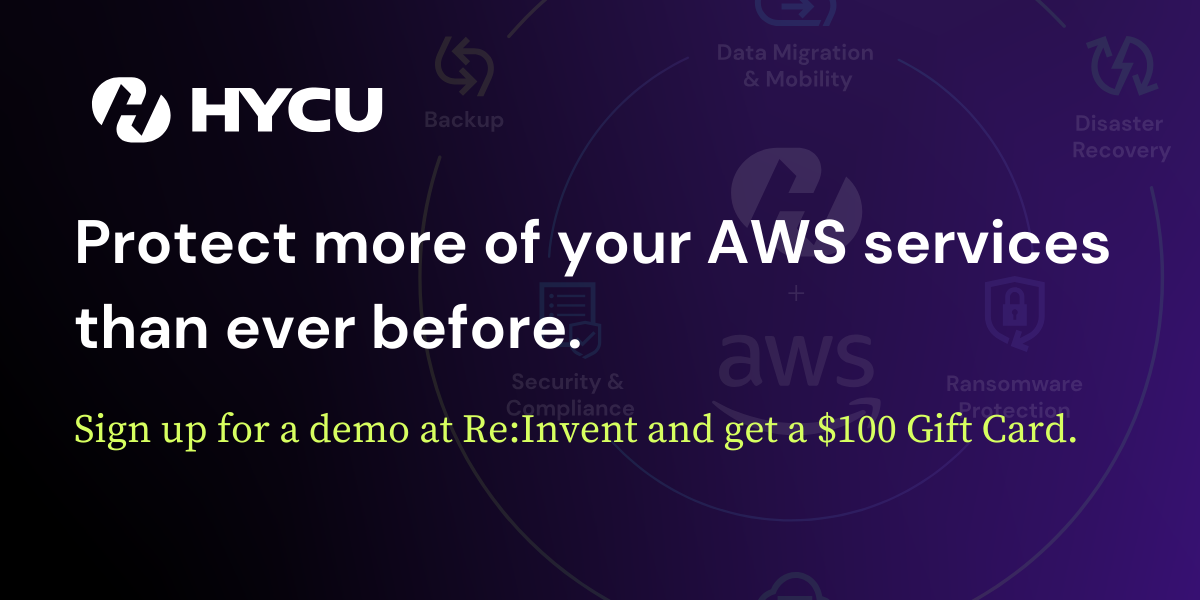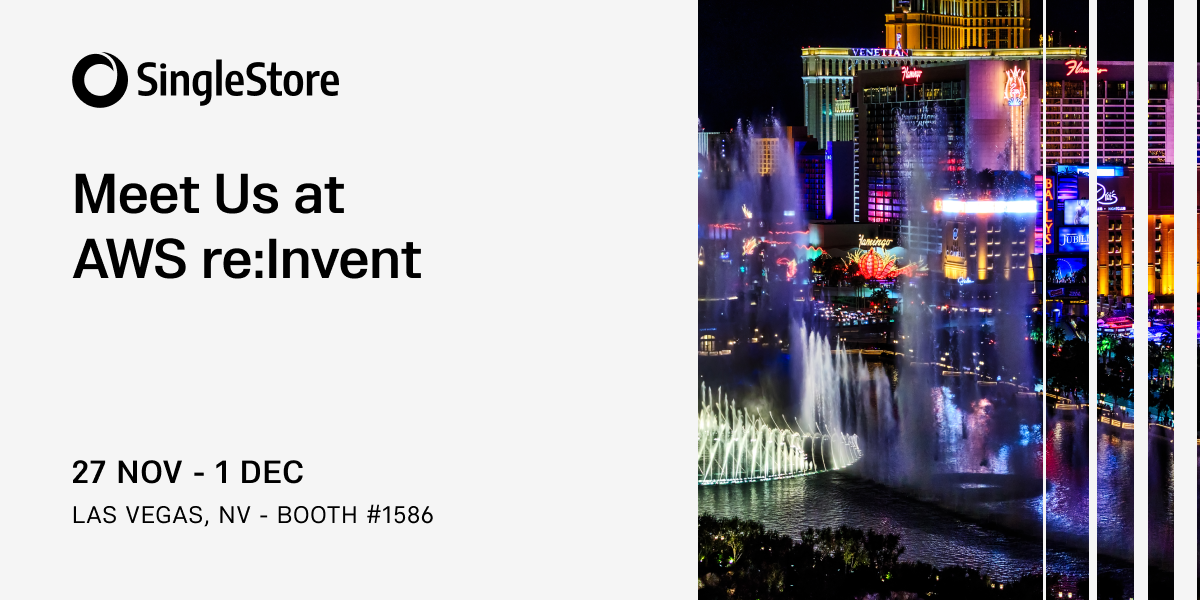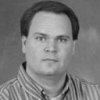VMblog: If you were giving an AWS re:Invent attendee a quick overview of the company, what would you say? How would you describe the company?
Bob Quillin: vFunction is an AI-driven continuous application modernization platform for software architects that provides architectural observability and automation to manage technical debt and enable iterative application modernization, from basic refactoring to full rewriting and microservices extraction. Architectural observability helps organizations understand their software architecture, to find and fix architectural technical debt, and prevent future debt from building through architectural drift. Unlike existing tools that address source code quality or application performance, vFunction tracks, manages, and fixes architectural technical debt - looking inside your software architecture at the business logic, to identify the business domains, the dependencies between domains, and to eliminate cross-domain contamination.
VMblog: Your company is sponsoring this year's AWS re:Invent event. Can you talk about what that sponsorship looks like?
Quillin: At re:Invent, vFunction will be showcasing its recently launched Architectural Observability Manager, and demonstrating its full Continuous Modernization Platform. At booth #1191, attendees can see live demos of the vFunction Continuous Modernization Platform, learn how to address architectural debt with a platform solution for architects that provides architectural observability and automation to enable iterative application modernization, rearchitecting, and refactoring for Java and .NET applications.
VMblog: How can attendees of the event find you? What do you have planned at your booth this year? What type of things will attendees be able to do at your booth?
Quillin: Please check us out at AWS re:Invent booth #1191 to grab a t-shirt, see a demo from our architects, meet the team, and learn more about architectural observability and fighting and winning the technical debt battle. You can schedule a meeting or visit vFunction at their AWS re:Invent booth #1191 to learn more. Booth hours are Monday, Nov. 27 from 4 p.m. to 7 p.m. Tuesday, Nov. 28 from 10 a.m. to 6 p.m., Wednesday, Nov. 29 from 10 a.m. to 6 p.m., and Thursday, Nov. 30 from 10 a.m. to 4 p.m.
VMblog: Have you sponsored AWS re:Invent in the past? If so, what is it about this show that keeps you coming back as a sponsor?
Quillin: vFunction is a multi-time sponsor of AWS re:Invent, an AWS Migration and Modernization Competency partner, and active supplier in the AWS marketplace. AWS re:Invent is a once in a year event that brings together the entire cloud ecosystem and thus a seminal time to gather with colleagues, peers, and partners to learn the latest and greatest advances in cloud technologies. It's the time that most organizations realize they still have a long way to go to modernize their most critical application workloads so they can take advantage of the capabilities they learn about at re:Invent and all that the cloud has to offer.
VMblog: Do you have any speaking sessions during the event? If so, can you give us the details?
Quillin: In conjunction with vFunction, architects from AWS Partner Solutions will be presenting "Evolution from Migration to Modernization using Modernization Pathways," which is hosted by vFunction on Friday, Dec. 1 from 8:30 a.m. to 9:30 a.m. PDT on Level 3 of The Venetian in Murano 3306. The presenters include Giovanni Gravesande, Partner Solutions Architect, AWS MAP Migration & Modernization, AWS, and Pragnesh Shah, Partner Solutions Architect, EMEA Migrations PSA Team, AWS.
VMblog: What are you personally most interested in seeing or learning at AWS re:Invent?
Quillin: While most of the attendees will be focused on generative AI and how it will change our future business landscape, I'm most interested in what's being done today to address developer productivity, which continues to hit all-time lows across organizations. Much of this can be attributed to the load and drag that technical debt puts on development teams, especially business-critical applications that most often carry the highest amount of technical debt. AI-augmented development and software architect solutions like vFunction are designed to address this problem, which can in turn unlock massive amounts of innovation for CIOs, CTOs, and application teams.
VMblog: What kind of message will an attendee hear from you this year? What will they take back to help sell their management team and decision makers?
Quillin: Attendees will learn about three key issues: (1) Technical Debt, (2) Software Architecture, and (3) Architectural Observability. So, let's start with - key point #1 - technical debt. All applications carry it - and it impacts feature delivery, testing cycles, developer productivity, scalability, and operational costs. Most architects think they already have tools that address tech debt like source code quality tools such as SonarQube, or APM tools like Dynatrace or DataDog. What's missing is something to track, manage, and fix architectural technical debt - to look inside your software architecture at the business logic, to identify the business domains, the dependencies between domains, and eliminate cross-domain contamination.
This is the secret to understanding - key point #2 - your software architecture. This will allow you to find & fix sources of high-technical debt and dead-code in your existing software architecture, optimize how database tables are called from domains, and build common libraries for better modularity. Finally, key point #3 - architectural observability - enables you to fix, remediate, and continuously modernize your applications, observe drift, to find and fix architectural tech debt.
This is what vFunction does - enabling intelligent refactoring, app modernization, and automating the extraction of key domains into services, microservices, or serverless functions. So, these are the three key points to take back to you management teams - it's essential to find and fix Technical Debt in your Software Architecture using AI-augmented Architectural Observability.
VMblog: Can you double click on your company's technologies? And talk about the types of problems you solve for an AWS re:Invent attendee.
Quillin: Application migration and modernization have been difficult and time-consuming due to a lack of architectural understanding. vFunction's Architectural Observability capabilities are foundational to any modernization effort as they enable automation of the transformation of Java and .Net applications into microservices, accelerate their cloud migration to AWS, and monitor architectural drift post-initial modernization. vFunction works with AWS to help architects understand their software architectures, detect architectural drift, fix technical debt, and transform complex Java and .NET monoliths into microservices, serverless functions, or modular monoliths.
VMblog: While thinking about your company's solutions, can you give readers a few examples of how your offerings are unique? What are your differentiators? What sets you apart from the competition?
Quillin: Application, enterprise, and chief architects lack the observability, visibility, and tooling to assess, understand, track, and manage architectural technical debt in their applications today and as it grows over time. vFunction Architectural Observability Manager allows architects to manage, monitor, and fix application architecture drift issues on an iterative, continuous basis. Here are some great examples:
- Technical Debt Identification: Identify the sources of technical debt and fix them immediately. Automatically discover and then refine domains, identifying cross domain pollution, high debt classes, and cross-domain database relationships to add to modernization to-do list.
- Architectural Observability: Establish a baseline, monitor, and alert on architectural drift issues such as new service detected, new common classes found, service exclusivity change, new dead code found, and new high debt classes identified.
- Refactoring Monolithic Applications: Once an architectural drift issue is pinpointed, use the vFunction Refactoring Engine Module to extract the domain into a new microservice, run it on a Kubernetes or container platform like AWS EKS or Fargate, or deploy to an AWS Lambda serverless framework.
VMblog: AWS re:Invent is typically a great venue for a company to launch a new product or an update to an existing product. Will your company be announcing anything new? If so, without asking you to give away too much, can you give us a sneak preview?
Quillin: vFunction will be demonstrating its newest product, Architectural Observability Manager. Architectural Observability Manager analyzes application architecture, identifies domains, pinpoints sources of cross domain pollution to find, fix, and manage technical debt and drive continuous modernization. Architectural Observability is a software engineering best practice that provides architects with detailed visibility and context into an existing application's architecture to profile and baseline how an application is architected, collecting observable dynamic operational and static data to proactively fix issues, set baselines, detect drift, identify significant architectural events, and resolve architectural anomalies.
VMblog: Are companies going all in for the cloud? Or do you see a return back to on-premises? Are there roadblocks in place keeping companies from going all cloud?
Quillin: While most organizations are committed to moving some or all of their workloads to the cloud eventually, many have moved too quickly and tried to lift-and-shift their existing applications to the cloud without committing to modernizing these architectures to take full advantage of cloud native benefits, from cost efficiencies, to elasticity, to scalability. But most of their original issues remain - disappointing feature delivery speeds, slow testing cycles, declining developer productivity, limited scalability, and rising operational costs - all well below expectations. Some are looking to even repatriate these workloads back on-premise. But most are now committing to rearchitecting and refactoring these existing monoliths in the cloud using platforms like vFunction.
The biggest roadblock? These apps are very difficult to modernize as they are based on older technology stacks and originally written by teams no longer with the organization. They are risky to refactor without the proper tools and processes. vFunction accelerates the application modernization process with architectural observability that understands the existing architecture, identifies key business domains, and eliminates the technical debt that has blocked these applications from enjoying the benefits of the cloud.
VMblog: The keynote stage will be covering a number of big topics, but what big changes or trends does your company see taking shape as we head into 2024?
Quillin: Developer productivity is one of the most critical challenges facing our industry today. Recruiting, retaining, and enabling software developers to dramatically increase their efficiencies from 20-30% to at least double or triple that number is at the forefront of any organization committed to driving their business forward.
VMblog: Are you giving away any prizes at your booth or participating in any prize giveaways?
Quillin: Visit booth #1191 - get a demo, meet the team, and grab one of our world-famous T-Shirts!
VMblog: Is your company sponsoring any type of party or get together during the event that you'd like to notify attendees about?
Quillin: vFunction and Wipro are happy to host a group of AWS enthusiasts for an evening of networking and catching up during AWS re:Invent at Jardin on Wednesday, Nov. 29 at 7 p.m. PT. Register today to reserve your spot.
VMblog: Do you have any advice for attendees of the show?
Quillin: Pace yourself, open your mind to new ideas, collaborate with your peers and colleagues - and please come learn more about vFunction. We'd love to meet you!












